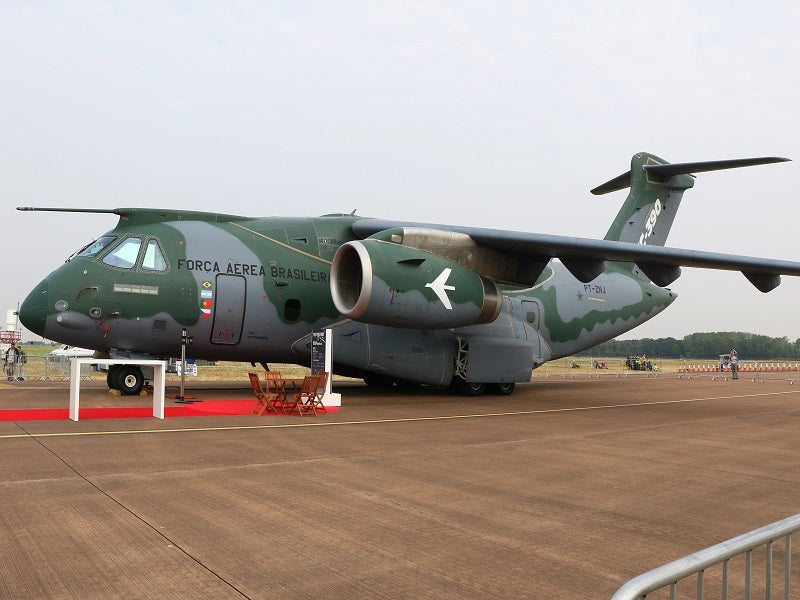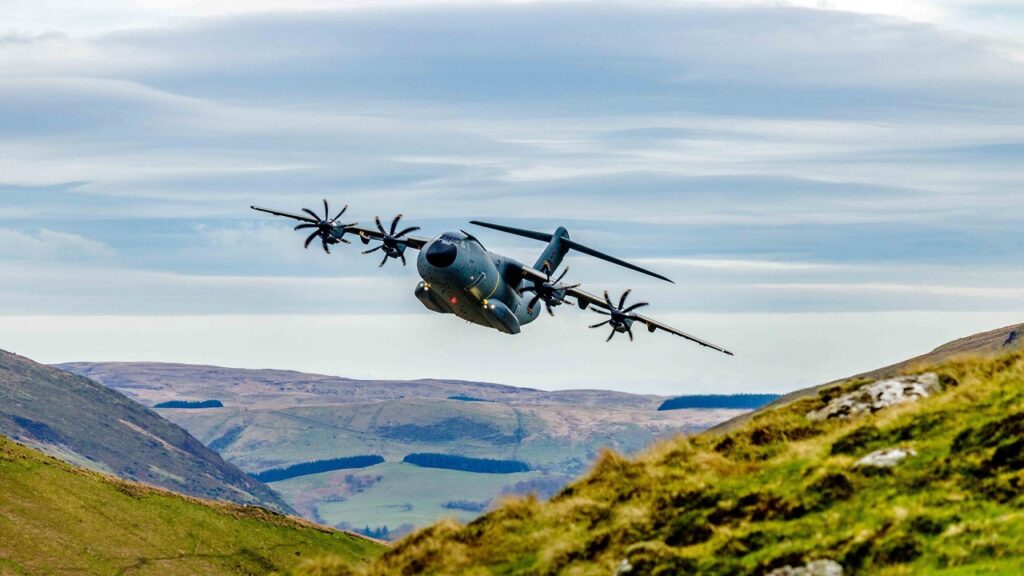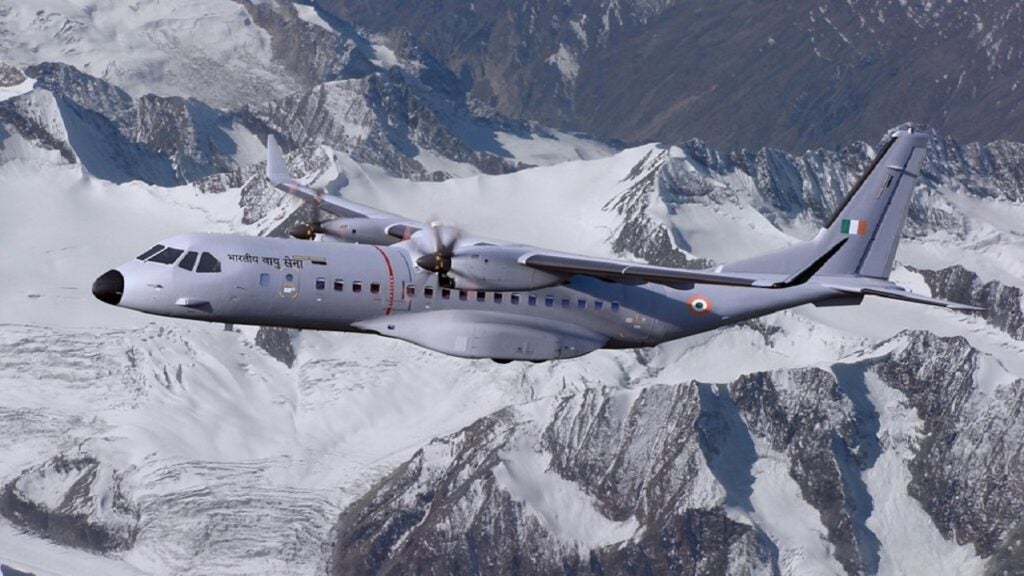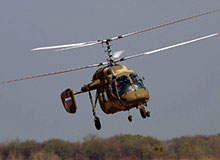
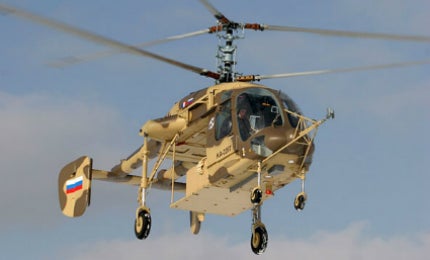
The Ka-226T is a light, twin-engine multi-role helicopter offered by Russian Helicopters, for military and civilian missions. The military version of Ka-226T is designed for operation in hard-to-reach upland conditions as well as hot and cold climates.
The Ka-226T is produced by Kumertau Aviation Production Enterprise, a part of Russian Helicopters, and is currently in service with the Russian Air Force. It performs surveillance, reconnaissance, search and rescue (SAR), targeting, and transportation of cargo and troops.
Approval of the acquisition of Ka-226T was given by the Indian Ministry of Defence (MoD) in May 2015 to replace the ageing Chetak (Aerospatiale Alouette III) and Cheetah (Aerospatiale SA-315B) helicopters of the Army Aviation Corps (AAC) and the Indian Air Force (IAF), respectively. A joint venture between Hindustan Aeronautics Limited (HAL) and Russian Helicopters is expected to licence-build 200 Ka-226T helicopters for the IAF and the AAC.
The Ka-226T underwent testing in India as part of the Reconnaissance and Surveillance Helicopter (RSH) acquisition programme, which was cancelled by the Indian authorities in 2014. The helicopter out-performed its Western counterparts during flights in India’s hot conditions and mountainous areas. The Ka-226T was demonstrated at Aero India 2015 exhibition held in Bangalore, India.
Design and features of the multi-mission helicopter
The UH-60 Blackhawk has been operational in the US Army since 1978, and variants of the Blackhawk are operational or have been ordered by 25 international customers:
An upgraded design of the proven Ka-26 helicopter, the Ka-226T is fitted with a high-visibility nose, a new cabin design and a new rotor system. Its fuselage integrates a four-leg non-retractable landing gear.
The helicopter also features a new transmission system and Kamov coaxial rotor system, including three upper rotor blades and a set of three lower rotor blades. The new rotor system avoids the need for a tail rotor, which ensures landings and take-offs from small sites.
The rotorcraft integrates a new avionics suite with multifunctional displays (MFDs), automatic control system, navigation system and radar. It can be fitted with hoist system, cargo hook, searchlight and additional external fuel tank. It can also be configured with a medical module for search and rescue missions. The module can be quickly installed or removed by just two people.
Fuselage of the Ka-226T has a length of 8.6m, whilst its width is 3.2 and it has a height of 4.1m. The diameter of its main rotor is 13.2m.
Cabin and cargo capacities
The cabin measures 2.35m-long, 1.34m-wide and 1.4m-high. It offers a volume of 5.4m3 and is fitted with mooring equipment for securing cargo and folding seats for accommodating troops.
A total of 1,200kg of cargo can be transported by the helicopter inside the cabin and it can carry 1,500kg load on external sling. The maximum take-off weight with under-slung load is 3,800kg.
Engines and performance
Power for the Ka-226T comes from two Turbomeca Arrius 2G1 engines. Each engine develops a take-off power of 705hp and contingency power of 580hp. The rotorcraft is equipped with engine fire protection system and fire warning system.
The helicopter can fly at a maximum speed of 250km/h and cruise speed of 220km/h. It has a maximum flight range of 600km with main fuel tanks. The operational and hover (OGE) ceilings of the helicopter are 5,700m and 4,100m respectively and the maximum rate of climb is 10m/s.


